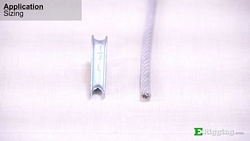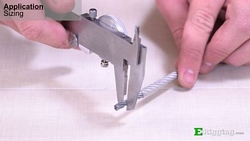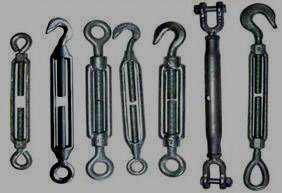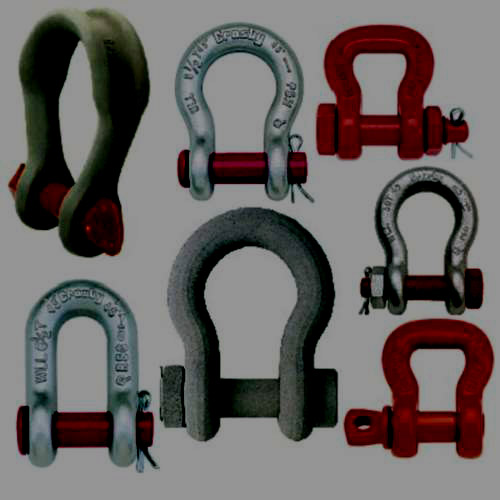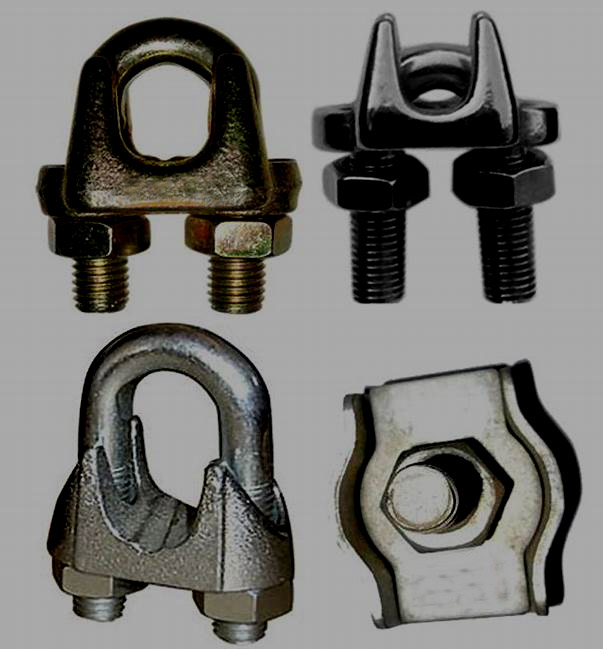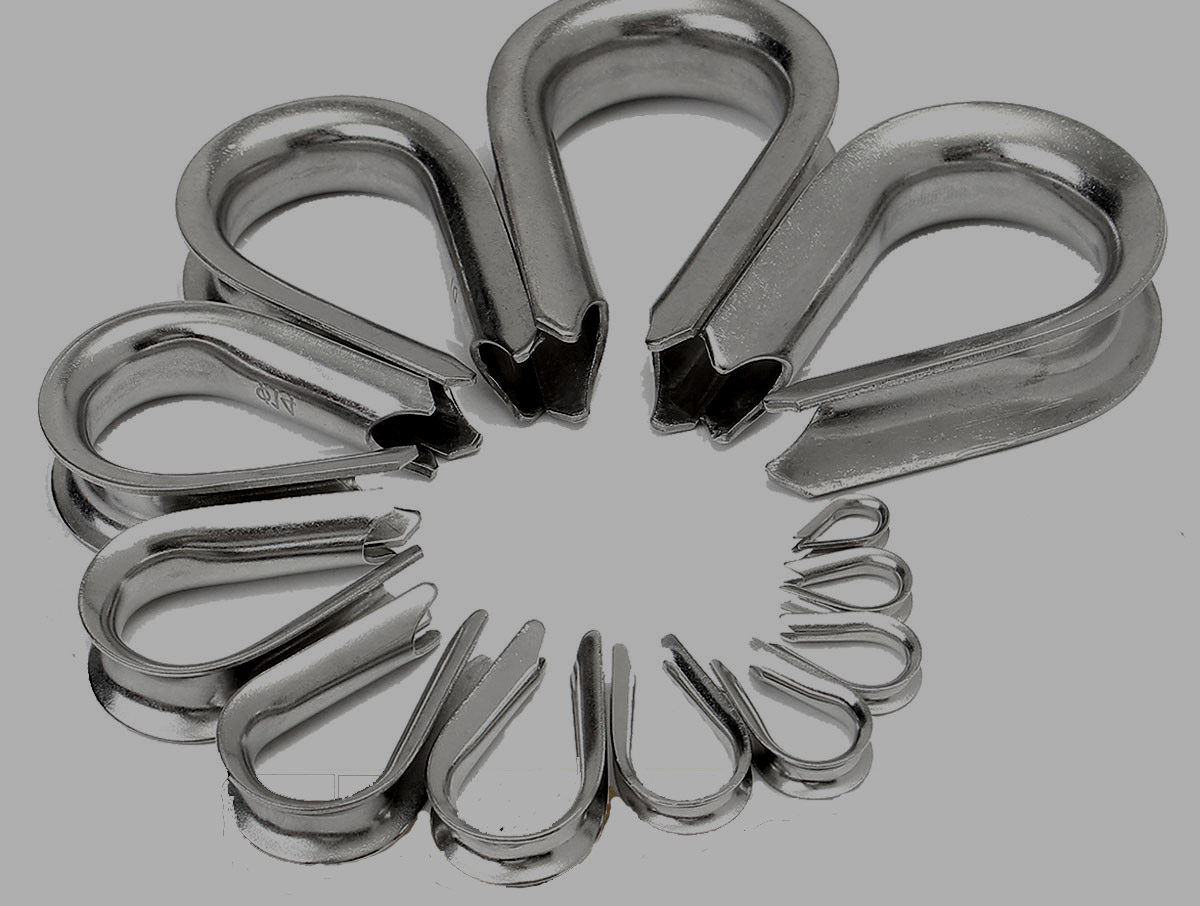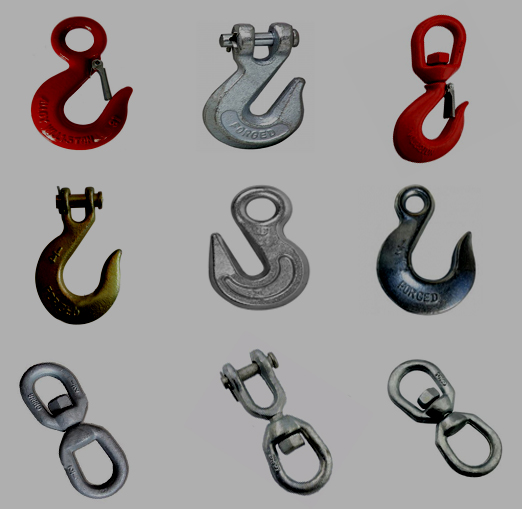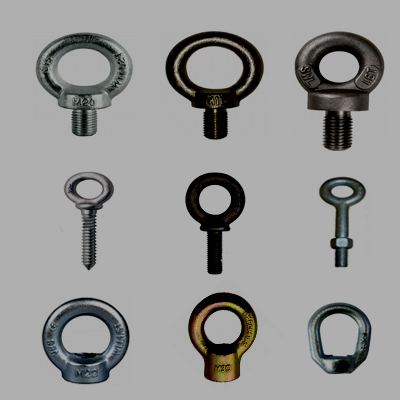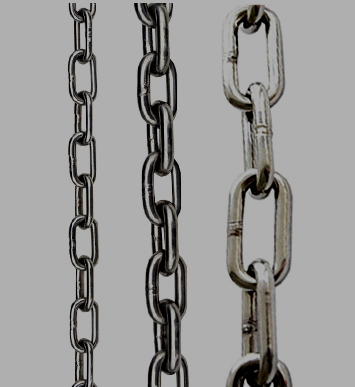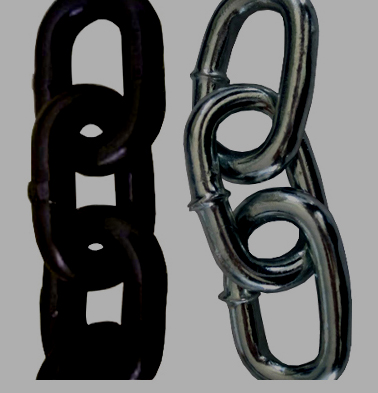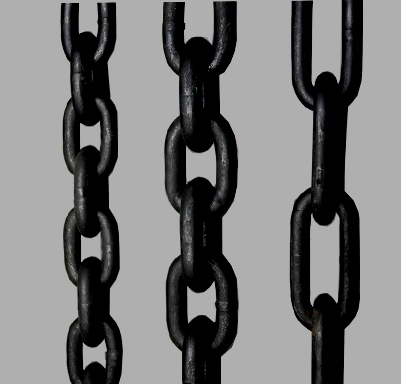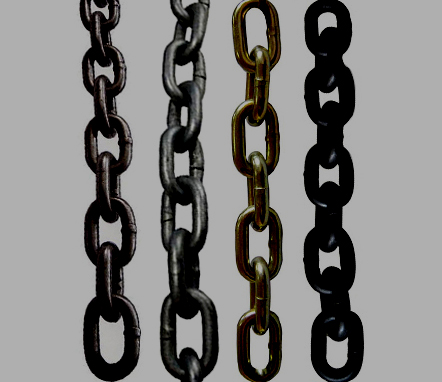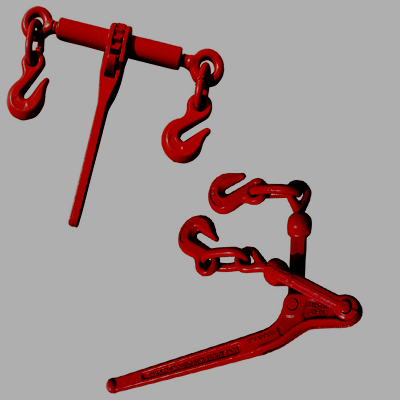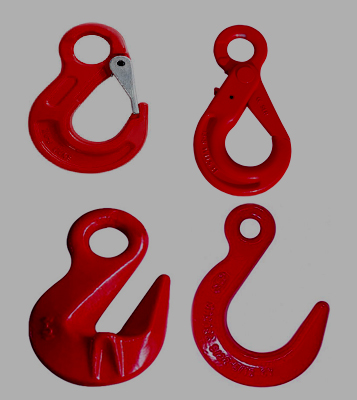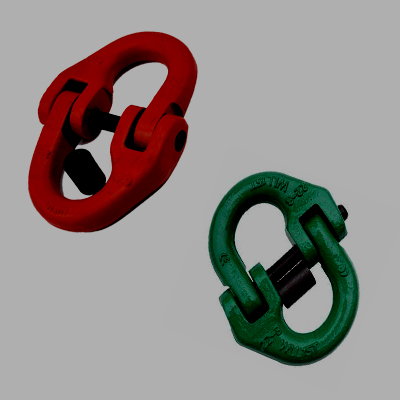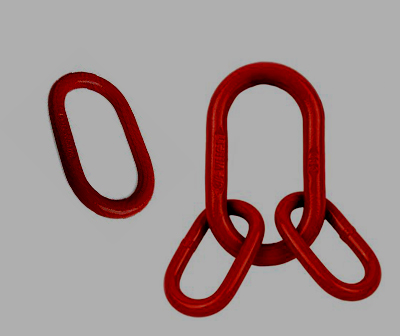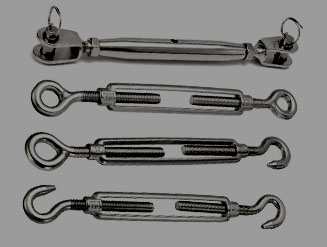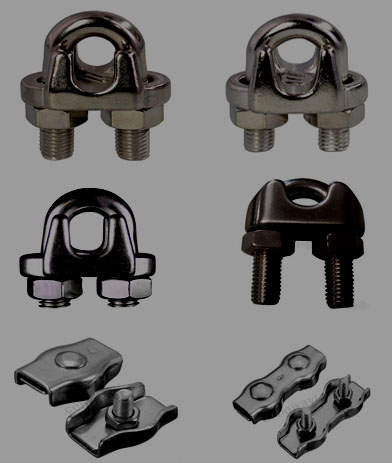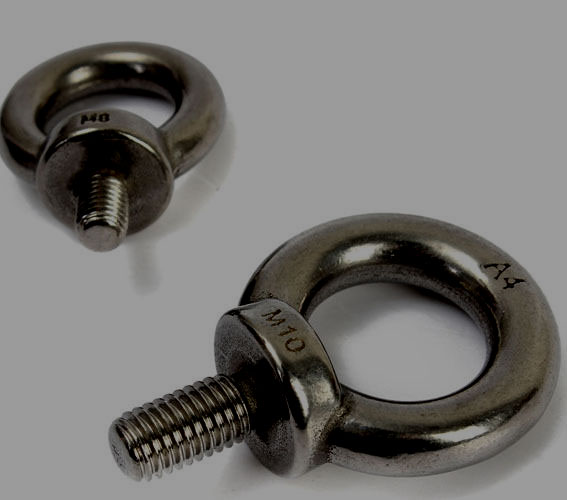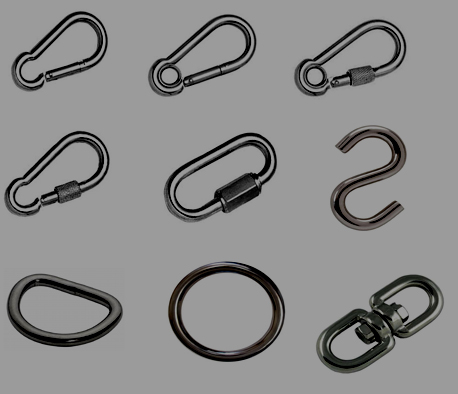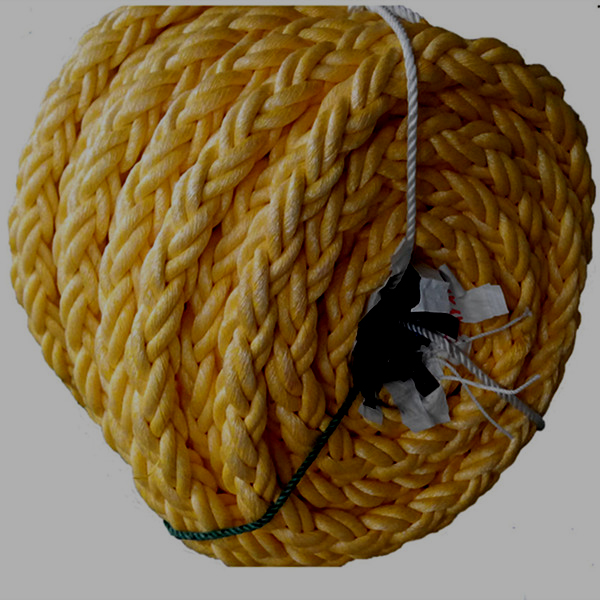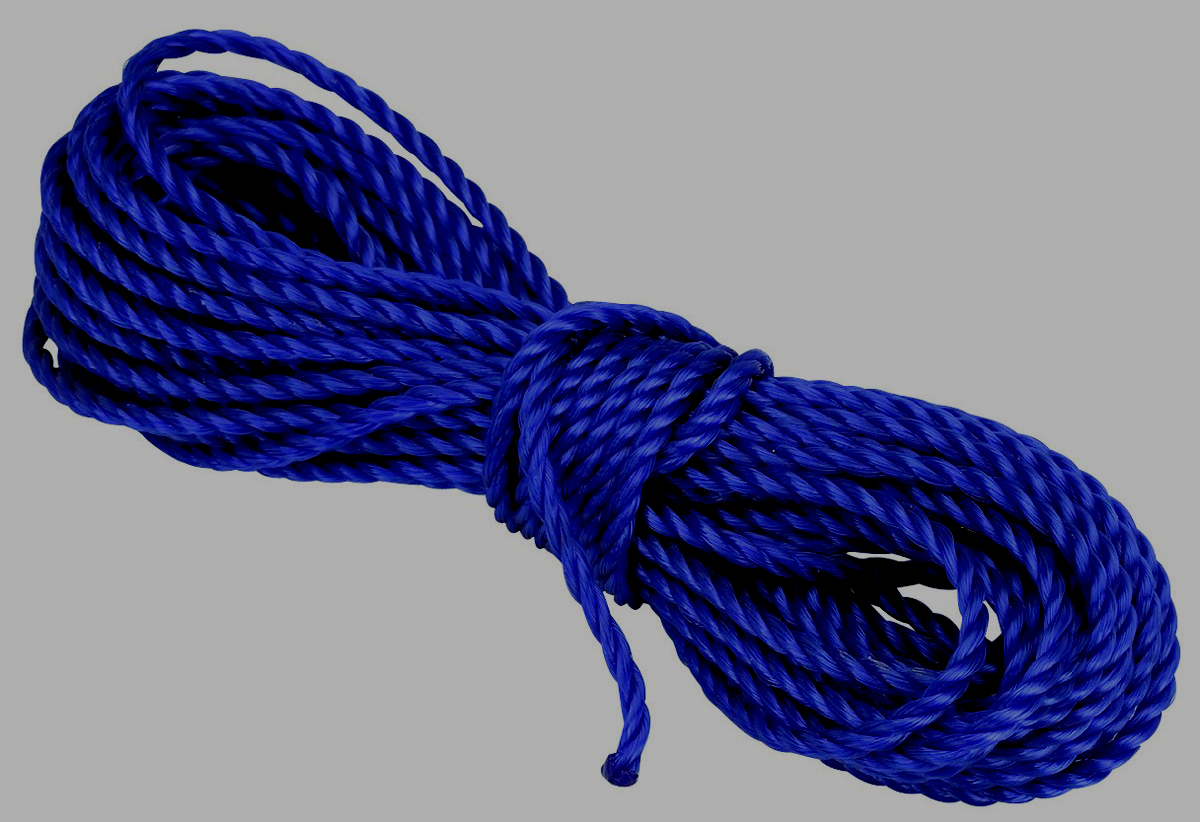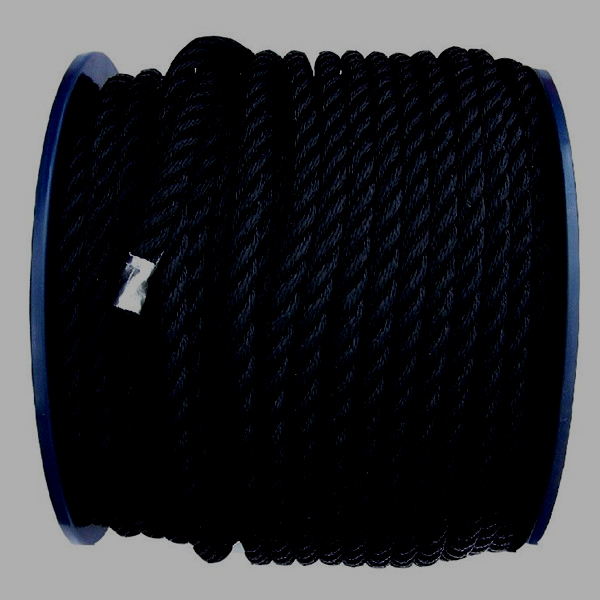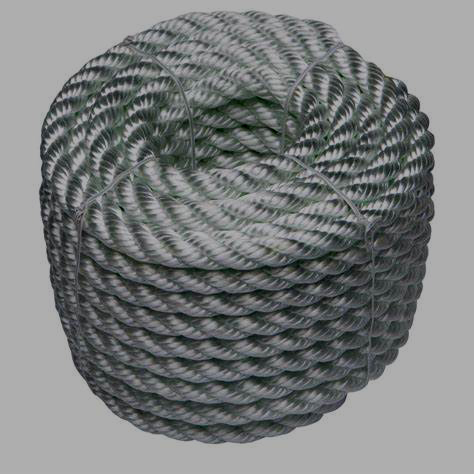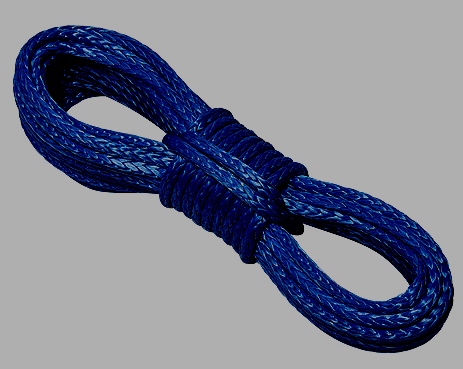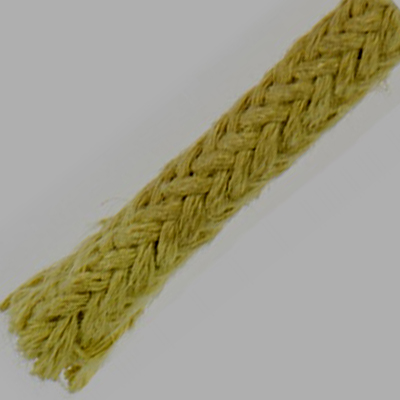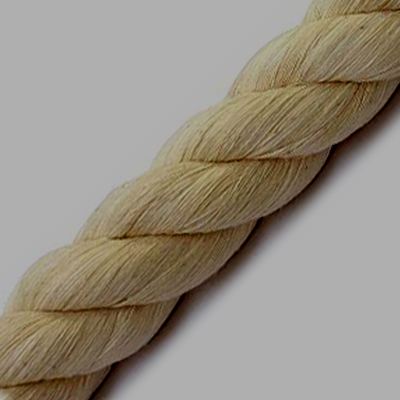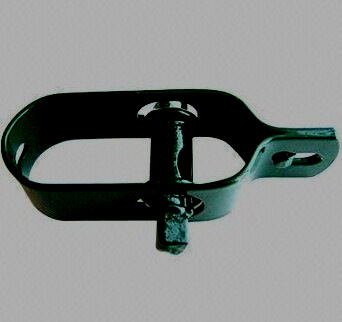· Thimble Application
If you prefer text and picture instructions, you're in the right place, keep reading for more information.
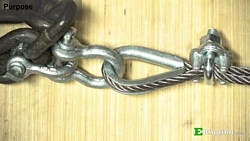
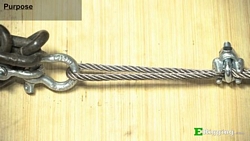
Thimbles are used to protect the eyes of cable, and rope slings from abrasion by providing a solid steel barrier between the fragile cable strands and the other rigging fitting used in the connection. Thimbles also prevent eye deformation or kinking by giving structure to the cable eye. After repeated high load use, wear and kinking can reduce the strength of the cable, and can lead to premature failure.
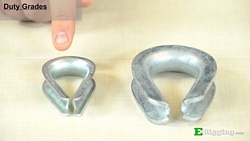
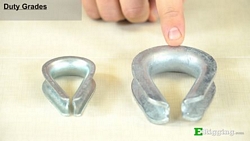
Thimbles come in two different duty grades, Light Duty and Heavy Duty.

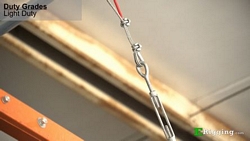
Light duty thimbles are typically used in static applications such as a permanent installation, a controlled environment, or in situations where they won’t experience much load.
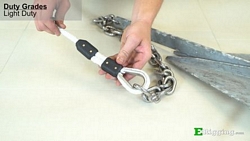
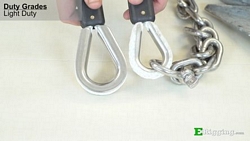
Light duty thimbles typically work best on traditional fiber rope because they can handle the same amount of load and rough handling as you would expect a fiber rope to take. You can see here that this light duty thimble is ideal for this application, while this heavy duty thimble is grossly oversized.
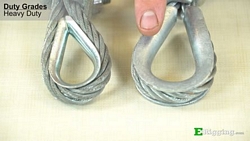

Because heavy duty thimbles have extended protective material around their edges, and a tendency to resist deformation in uncontrolled applications, they are commonly used in applications that will experience dynamic loading, or loads near or at the working load limit. Heavy duty thimbles are ideal for lifting, towing, and applications that will require the user to frequently connect and disconnect the thimble to other rigging components
Thimbles can be used in conjunction with cable and rope to form rigging assemblies. The most important thing to consider when doing so, is making sure that the thimble is sized properly and securely fastened in the eye of the cable that is being used. If the thimble is too loose in the eye, it can fall out or rotate, and if it is undersized or grossly oversized, connections to other properly sized rigging fittings can become difficult. When sizing the thimble to cable, it’s important to size the thimble to the actual size of the cable that you are using with it. For example, if you are using 1/4" uncoated cable, use a 1/4" thimble

